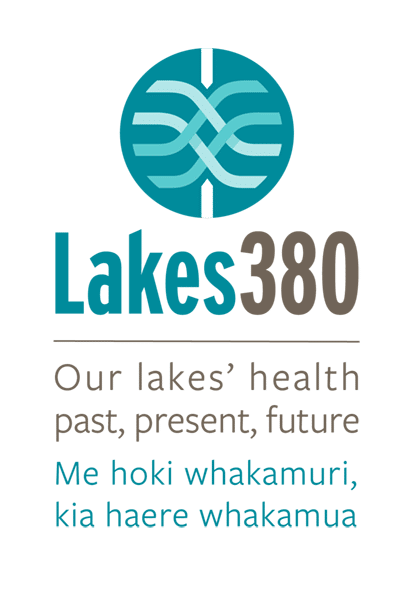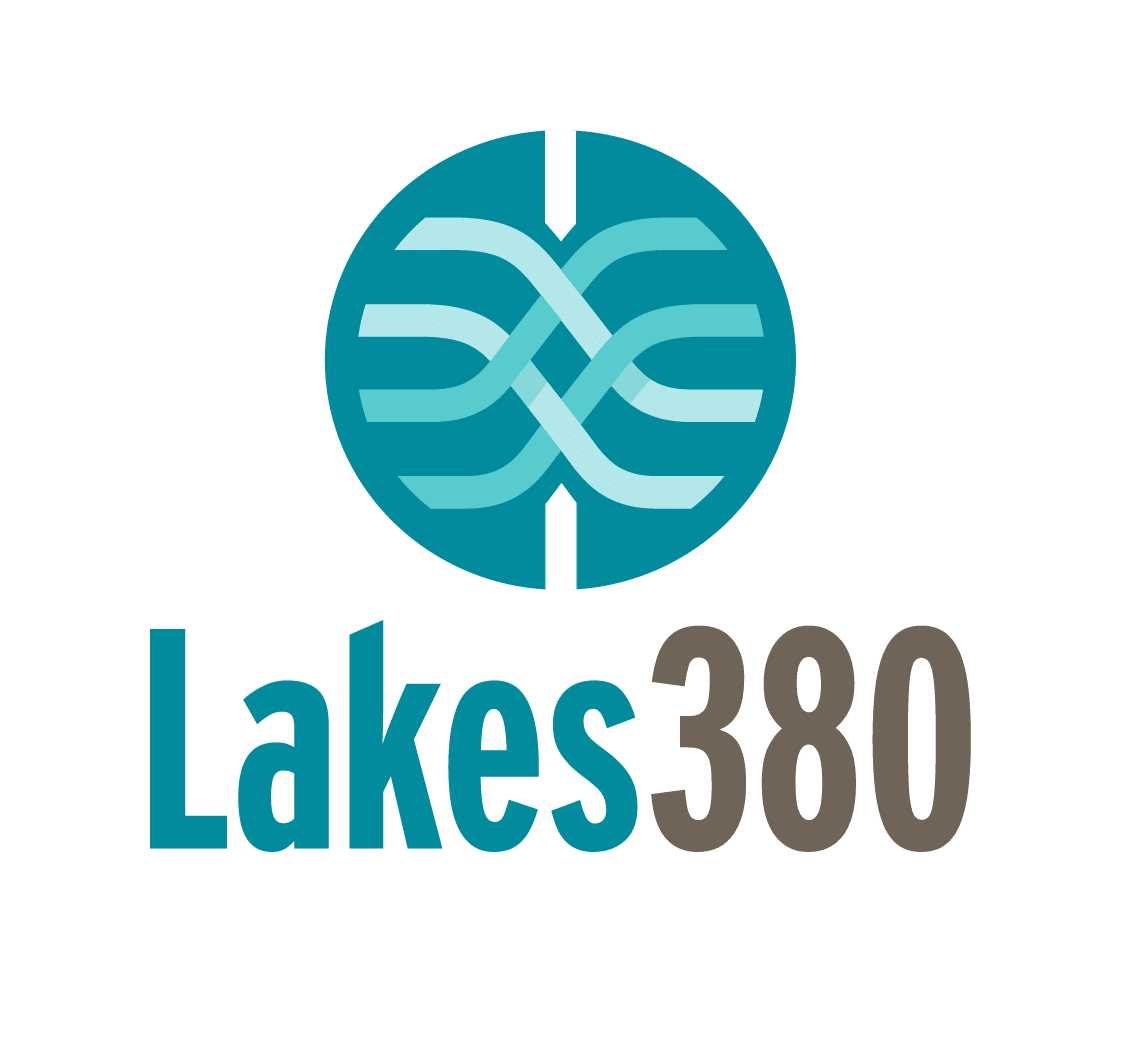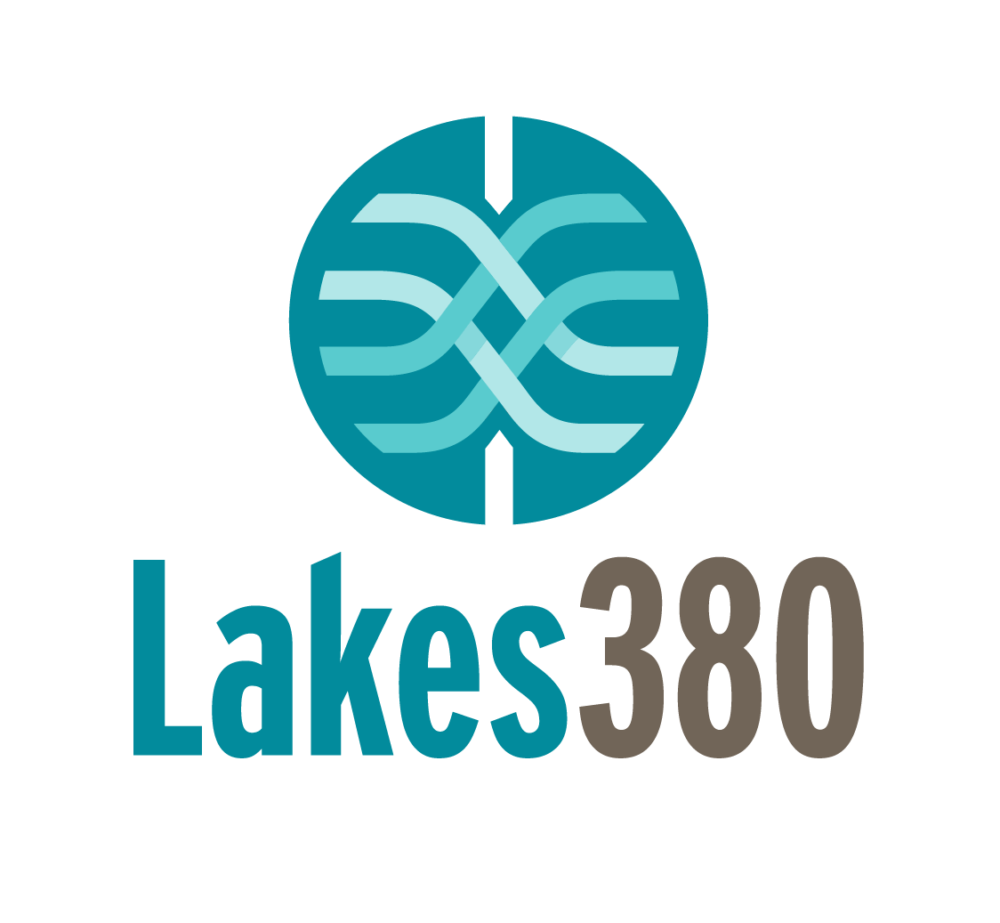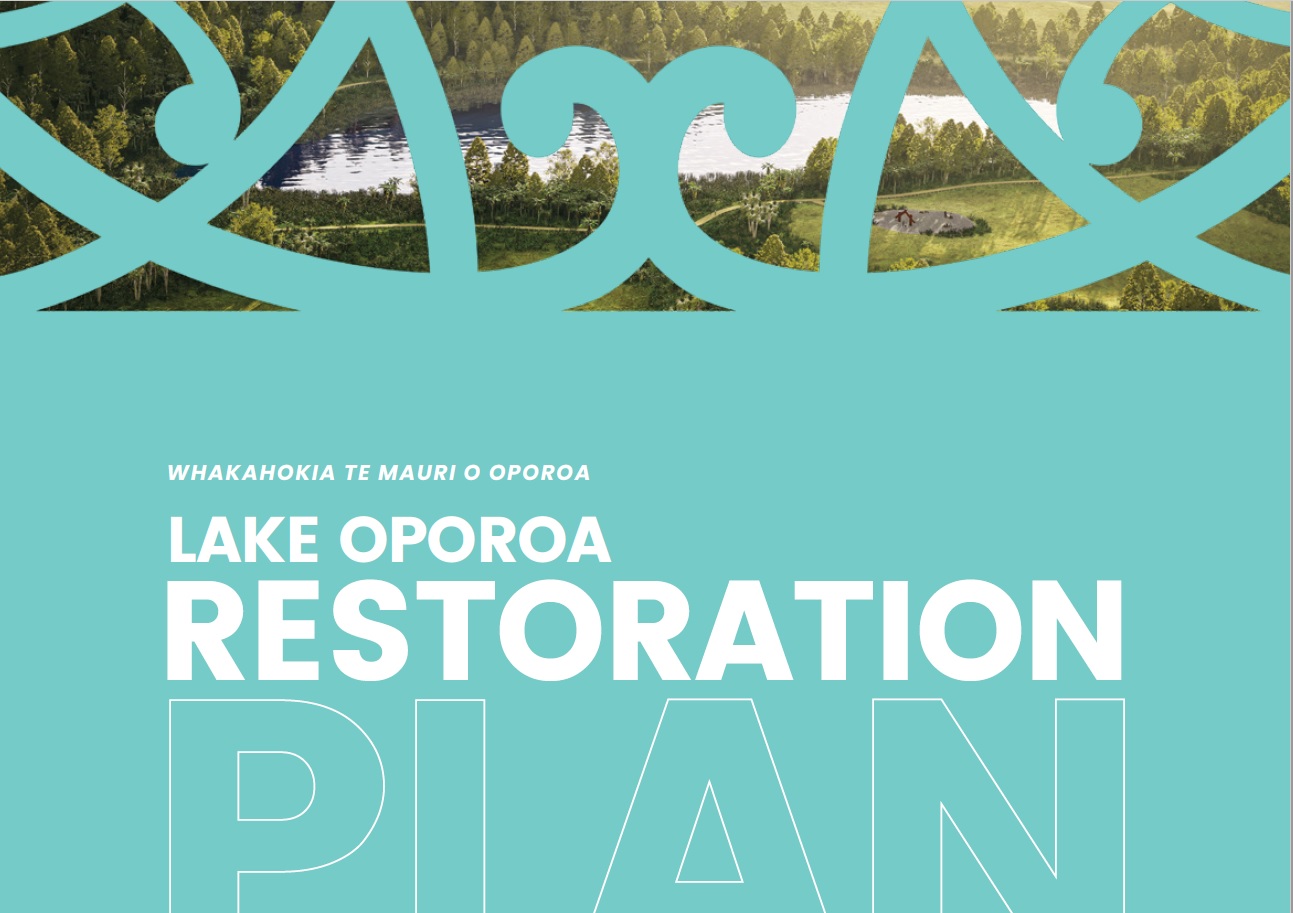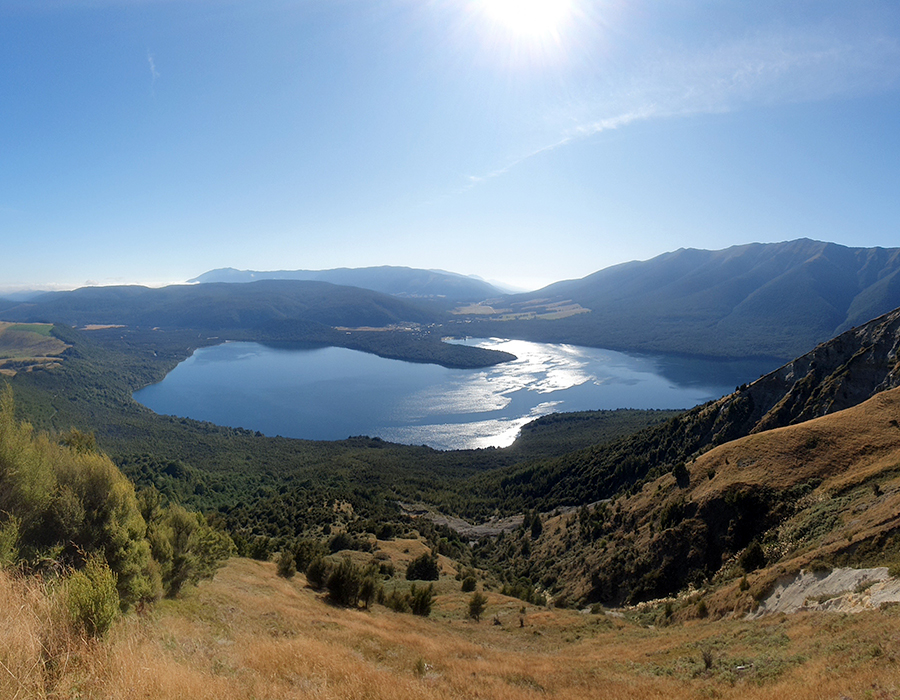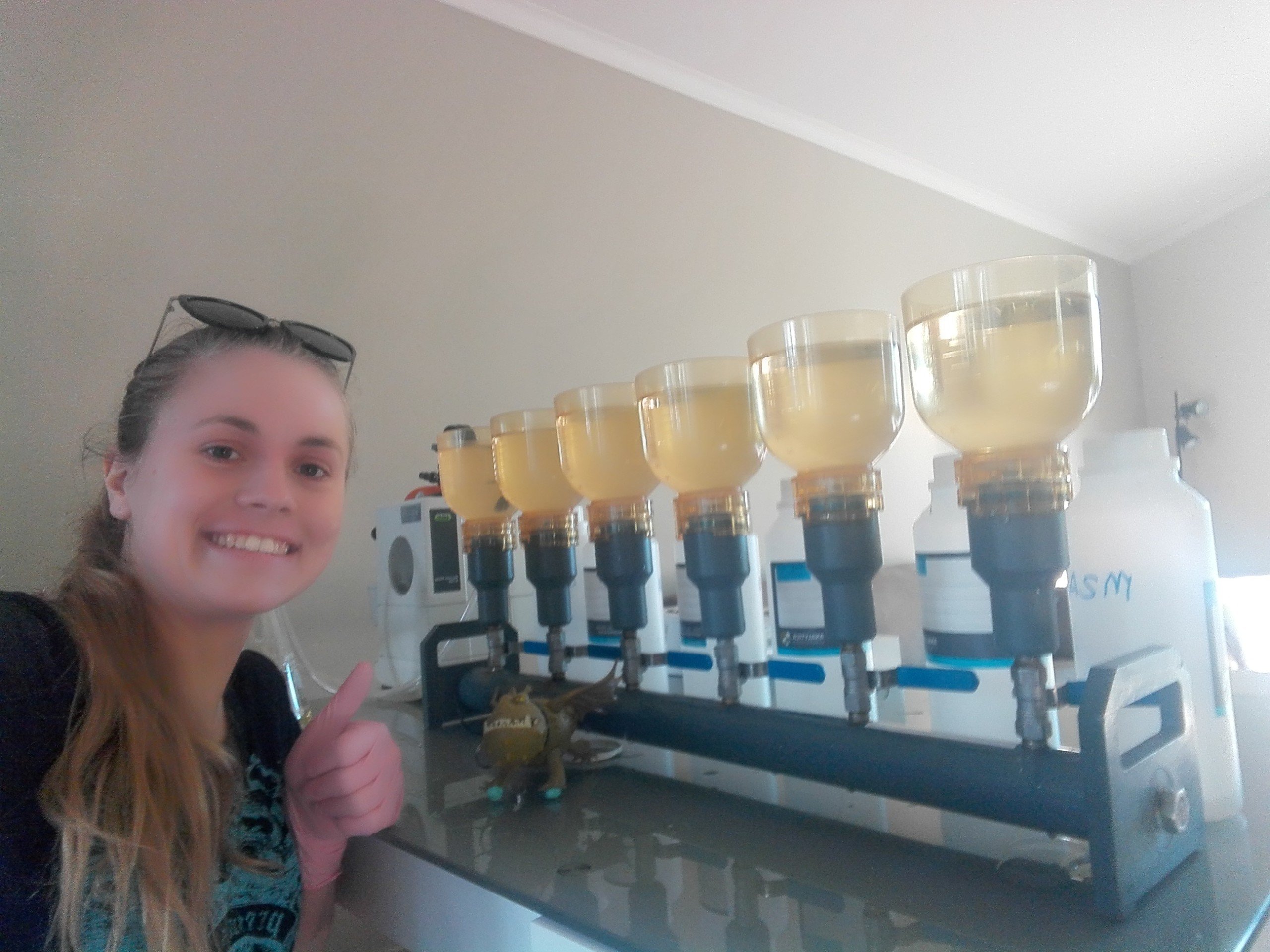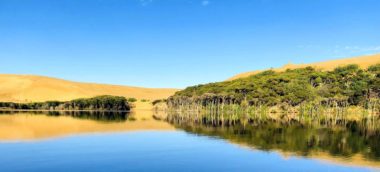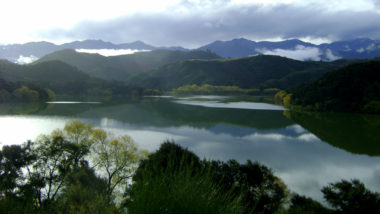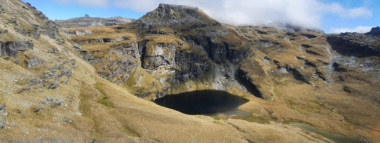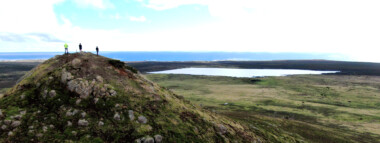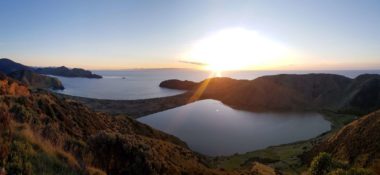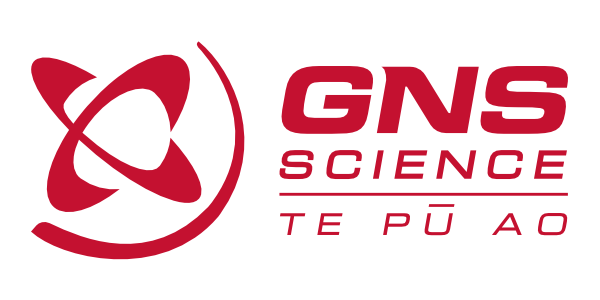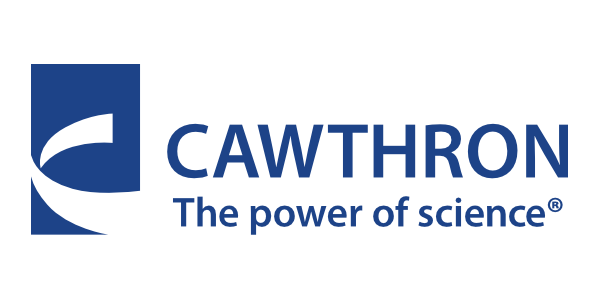Jonathan Puddick, Cawthron Institute
One hundred years after the Cawthron Institute was officially opened, New Zealand’s largest independent research organisation opened its doors again. This time it was to Nelson’s public, to give them a taste of the exciting research happening at Cawthron in the present day and to get an insight into its rich history. The Open Day event included lab tours, historical artefact scavenger hunts, dolphin fin fingerprinting, build-your-own greenshell mussel, seaweed pom poms, 3D printers, microscopic algae, do-it-yourself water filtration devices and ocean plastic trackers.
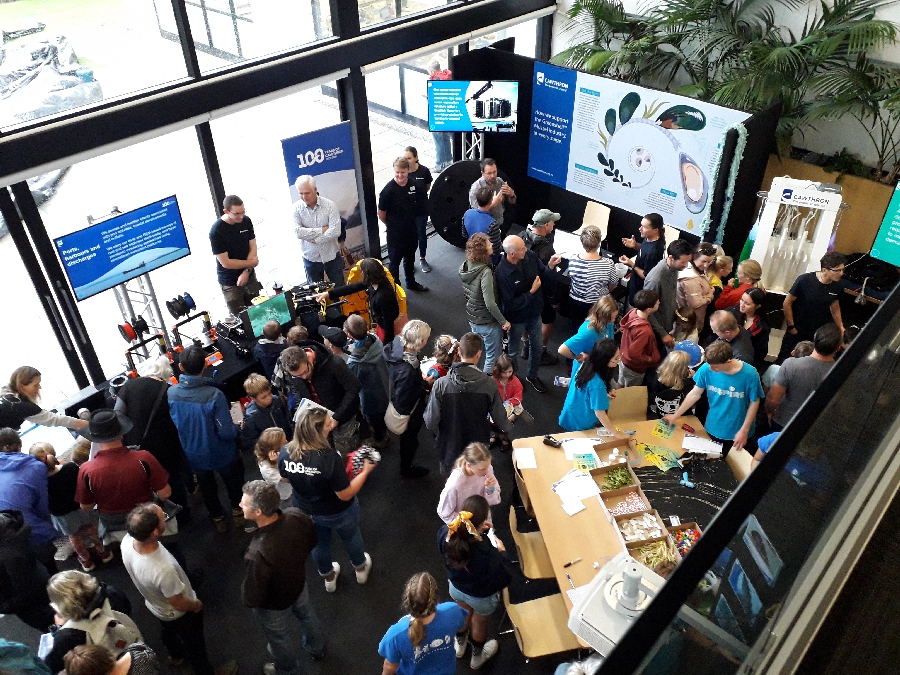
The Nelson public immersed in finding out about the science going on at the Cawthron Institute.
The Lakes380 team was also on-hand to talk to people about lakes in Aotearoa New Zealand and the research we’re undertaking on them. The public got to get up close with some of our sampling gear, see some of the results to-date and touch a real-life sediment core capturing one thousand years of lake history. People were genuinely fascinated by the research and how we can take a “bunch of mud” and extract so much information about a lake, its journey through time and how the actions of people have impacted it. A real hit with visitors was to browse through the ‘Our Lakes’ section on the Lakes380 website to see if their favourite lake had been sampled and what information we had uncovered about it. People left with a renewed vigour to reconnect with their lake ecosystems and make sure that they take care of them.
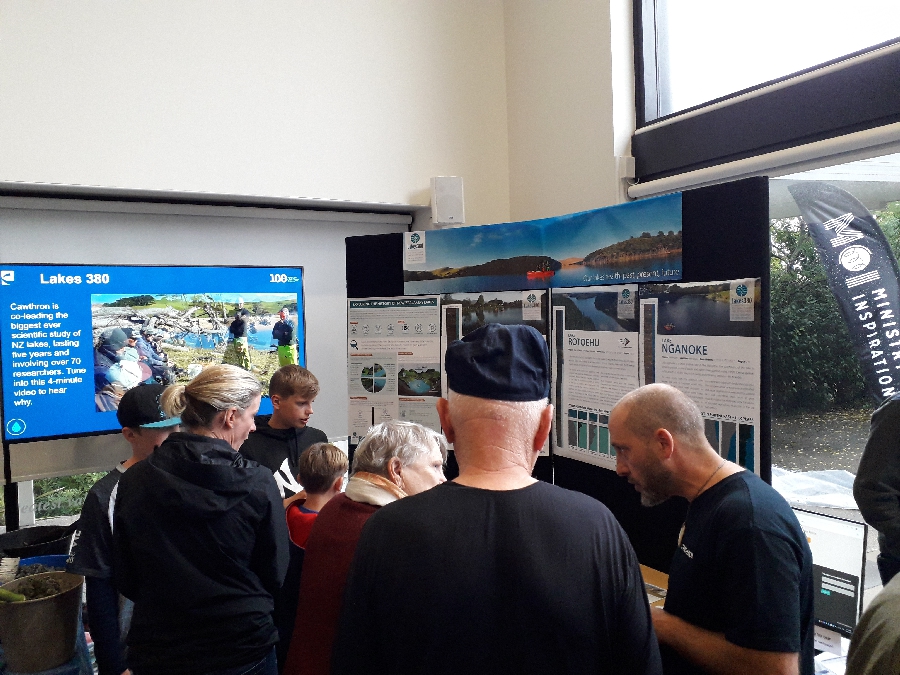
Lakes380 researcher Xavier Pochon helps people attending the Cawthron Open Day find their favourite lake on the Lakes380 website.
Also on offer for the younger Open Day visitors was a paleoecology activity called ‘Time-Travelling Lake Detectives’. With the help of the Lakes380 team, kids dug through a mock sediment core to find clues that helped them time-travel back 1,000 years and visualise what a lake in Aotearoa New Zealand used to look like. They then jumped back to the present day to understand what the lake looked like nowadays, sometimes suffering from algal blooms and not being such a great place to swim anymore, and thought through strategies to help restore the lake to its former state. Finding 3D-printed pollen, charcoal and containers of algae at different positions in the core helped the budding lake detectives to identify what plants used to grow around the lake, when deforestation (the mass removal of trees) had occurred, what had been planted around the lake afterwards and the consequences of this change in catchment vegetation.
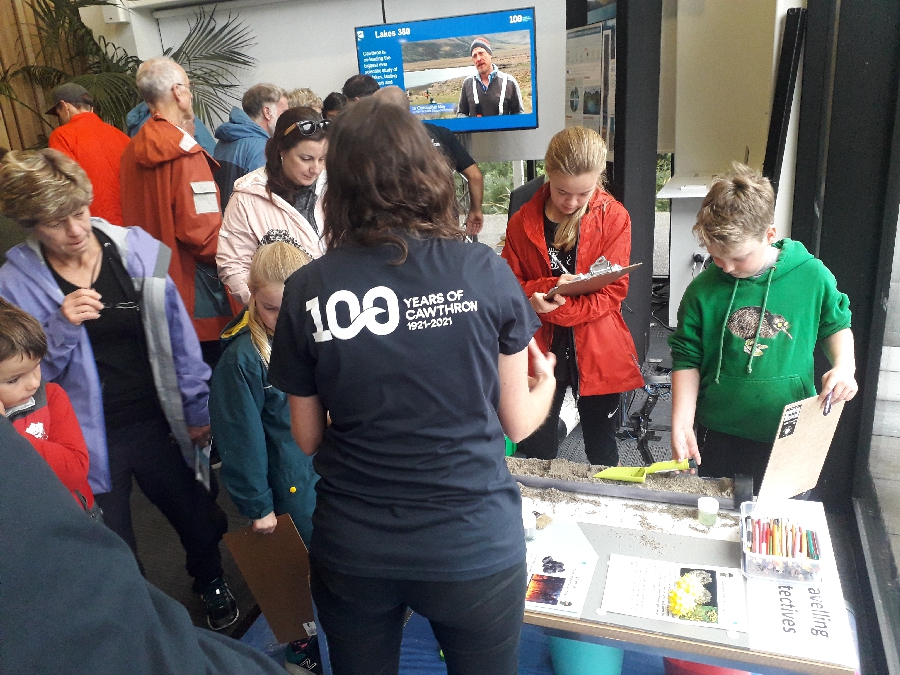
Lakes380 social scientist Kiely McFarlane taking kids through a paleoecology experiment where they unravel a lake history by digging out clues from a mock sediment core.
The team running the activity were very impressed by the young ones’ 100-year visions for lakes in Aotearoa New Zealand; more native trees, less algae and nutrients, more fish and better swimming!! It was a fantastic reminder that we can all do our part to help us get there and restore the health of our treasured lakes; by taking part in a planting day, cleaning boats and aquatic gear to stop the spread of pests, taking interest in what’s happening around the lakes you care about, and reminding our public officials how much we care about our lakes.
